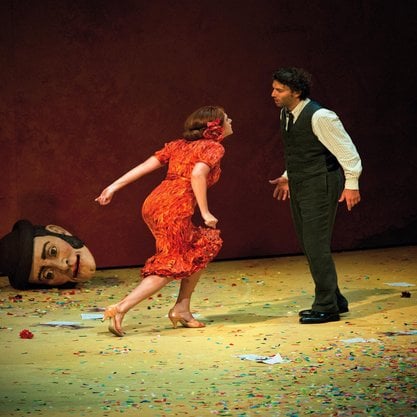Article
Hare, David (1917–1992) By Thyssen, Esther T.
Article
David Hare was an American sculptor and critic whose work was inspired by the imagination and the subconscious. During the early 1940s, when he began making sculpture, Hare associated with émigré Surrealists in New York, and from 1941 to 1944 edited the magazine VVV with André Breton, Marcel Duchamp, and Max Ernst. Hare befriended Jean-Paul Sartre in 1946, through whom he was introduced to Existentialism. Hare refused to follow trends and amalgamated Surrealist and Existentialist principles in his works about process and metamorphosis. Hare worked with steel, melting and pouring it into moulds, as can be seen in works such as Magician’s Game (1944), which melds objects and body parts as if continually becoming. He also made open, airy, welded sculptures trapping real space and often depicting landscape in a transient state. In 1948, together with Robert Motherwell, Mark Rothko and William Baziotes, Hare co-founded Subjects of the Artist, an informal art school with a lecture series, which served as precursor to The Club.



